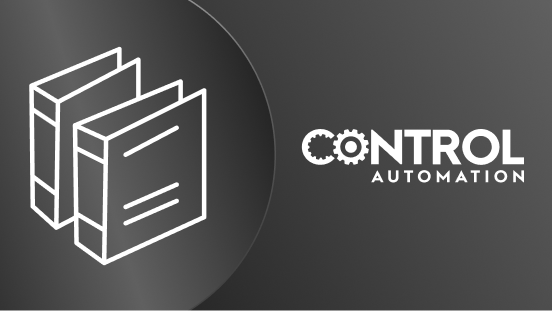
Perhaps the most important rule of controller tuning is to know the process before attempting to adjust the…
Textbook

Creative Commons Attribution 4.0 International Public License By exercising the Licensed Rights (defined…
Textbook

A machine in the broad sense of the word is any device designed to translate some form of energy into useful…
Textbook

Displacer level instruments exploit Archimedes’ Principle to detect liquid level by continuously…
Textbook

All masses require force to accelerate (we can also think of this in terms of the mass generating a reaction…
Textbook

Abdelaziz, Ahmed (June 2014) Identified numerous typographical errors throughout the book, mostly repeated…
Textbook

As previously defined, calibration refers to the checking and adjustment of an instrument so that its output…
Textbook

An on/off valve is the fluid equivalent of an electrical switch: a device that either allows unimpeded flow or…
Textbook

Sometimes we encounter a diversity of instrument signal standards in one control system. Such is the case with…
Textbook

Diagnostic ability is arguably the most difficult skill to develop within a student, and also the most…
Textbook

The Law of Continuity for fluids states that the product of mass density (\(\rho\)), cross-sectional pipe area…
Textbook

Control valves are supposed to deliver reliable, repeatable control of process fluid flow rate over a wide…
Textbook

When control valves operate between fully open and fully shut, they serve much the same purpose in process…
Textbook

Labwork is an essential part of any science-based curriculum. Here, much improvement may be made over the…
Textbook

Pipe is a hollow structure designed to provide an enclosed pathway for fluids to flow, usually manufactured…
Textbook

Up until this point, we have explored various types of instrumentation diagram, each one making reference to…
Textbook

The final step in treating wastewater before releasing it into the natural environment is to kill any harmful…
Textbook

Valves can experience a number of problems, most of them either preventable or repairable. These problems can…
Textbook

A very common form of on/off valve used for pneumatic and hydraulic systems alike is the solenoid valve. A…
Textbook

There are many process control applications in the industry where it is desirable to have multiple control…
Textbook

The fundamental principle of electromagnetism is that an electric current will create a magnetic field at…
Textbook

As a general rule, high achievement only takes place in an atmosphere of high expectations. Sometimes these…
Textbook

Some of the simplest types of digital communication networks found in industry are defined by the EIA…
Textbook

A very common form of on/off valve used for pneumatic and hydraulic systems alike is the solenoid valve. A…
Textbook

Learning from reading printed text is a kind of problem-solving activity it is own right. The problem is how…
Textbook

(Will be addressed in future versions of this book)
Textbook

The simple PLC ladder diagram (LD) commands consist of contacts and coils, arranged in sequences that mimic…
Textbook

Constructing PID control systems using discrete components is a fairly simple method involving operational…
Textbook

RTDs are completely passive sensing elements, requiring the application of an externally-sourced electric…
Textbook

Mechanical pressure-sensing elements include the bellows, the diaphragm, and the bourdon tube. Each of these…
Textbook

Imagine a liquid-level control system for a vessel, where the position of a level-sensing float directly sets…
Textbook

A powerful mathematical concept useful for analyzing practically any physical system – electrical…
Textbook

A limit switch detects the physical motion of an object by direct contact with that object. An example of a…
Textbook

A sliding-stem valve body is one where the moving parts slide with a linear motion. Some examples of…
Textbook

Electromechanical relays may be connected together to perform logic and control functions, acting as logic…
Textbook

Volumes could be written about poor diagnostic technique. The following mistakes are not intended to comprise…
Textbook

This section shows some of the many instrument symbols found in different types of technical diagrams used to…
Textbook

A positive displacement flowmeter is a cyclic mechanism built to pass a fixed volume of fluid through with…
Textbook

Instrument technicians should not have to concern themselves over the programming details internal to digital…
Textbook

A very common method for directly controlling low flow rates of fluids is to use a device known as a metering…
Textbook
